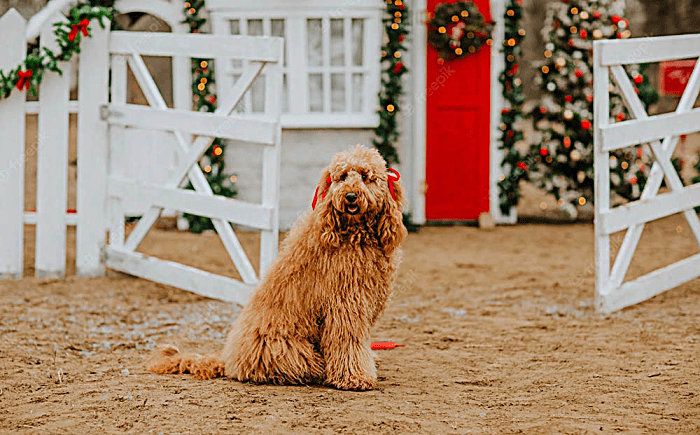

The holidays are an amazing time to gift plants and flowers to loved ones, but you do have to be aware if they have animals and kids in the house, especially poinsettias. While these quintessential Christmas flowers look lovely in December, poinsettias can be dangerous when consumed by cats and dogs- while they aren’t toxic, they can make your animals sick. Other popular holiday plants that are toxic to dogs and cats include:
If you have a curious cat or a dog that you’re still training not to chew everything lying around the house, you might want to take the proper precautions to make sure you’re safe rather than sorry when decorating your home for the holidays. Here are some pet-friendly plants and flowers you can send to loved ones or keep in your own home:
Fortunately, one of the most common all-year-round house plants are safe for animals. However, it’s important to note that not all of these plants are completely safe with all pets. For instance, asparagus fern and Sprengeri fern – the former of which is considered “fernlike” and not a genuine fern – can be dangerous or toxic to cats and dogs. However, Boston, maidenhair, button, rabbit’s foot, staghorn and bird’s nest ferns are all considered to be “true ferns” that are certainly not poisonous to cats and dogs.
That being said, we still recommend preventing your animals from eating your fern plants. Even though they’re considered safe to eat, they aren’t necessarily healthy for your pet. Eating too many leaves can result in your dog or cat having an upset stomach, which isn’t fun for anyone. If you can, try to train your animal to steer clear of your house plants; a simple “leave it” command can guide the most obedient pets to avoid them.
Not to be confused with snake plants – which are toxic to animals – these perennial flowering plants are relatively easy to maintain. They can take a good deal of neglect and typically do the worst when they’re over-watered or given too much sun exposure. That’s why it’s best to water them lightly, not allowing the soil to become soggy, and place them in areas that are not in direct sunlight for the majority of the day.
Spider plants are often placed inside the house in sturdy pots with lots of holes that allow for proper draining and even on the front and back porches in hanging baskets. Because they are safe for pets of all kinds, they can be kept in pots on the ground and floor of your house and yard. The worst thing that will happen if your furry friend munches on some of the plant is that you won’t be able to appreciate the long, spidery leaves that make up this variety.
Although most flowers often aren’t considered house plants, they are a popular flora that people display around their homes in the winter months. Even if placed high, it’s smart to play it safe and purchase pet-safe flowers, such as roses, daisies, marigolds, violets and pansies. That way your dog or cat are out of harm’s way if they are counter or table surfers.
If disaster strikes and your dog or cat has taken a few bites out of flowers or plants that are toxic, get in touch with your veterinarian as soon as possible. You can also contact the Pet Poison Hotline for instructions on how to proceed if you need immediate assistance. There’s a chance your pet will be completely fine after consuming a toxic plant, but it’s worth it to seek out medical guidance to make sure your animal is alright and ensure they will not have permanent damage to their body after consuming the leaves or flowers of certain house plants. Even though it’s unpleasant to think of possible scenarios in which something could go wrong, it’s best to play it safe to keep all members of your family healthy – including the ones that walk on four legs.